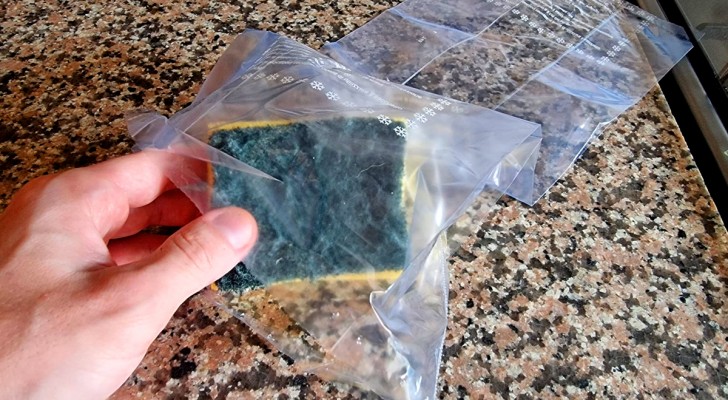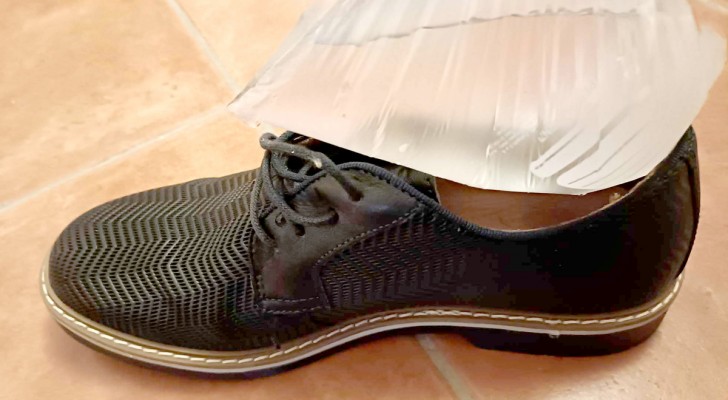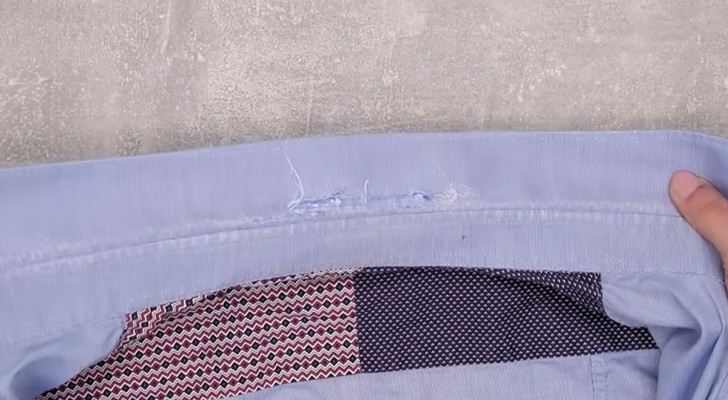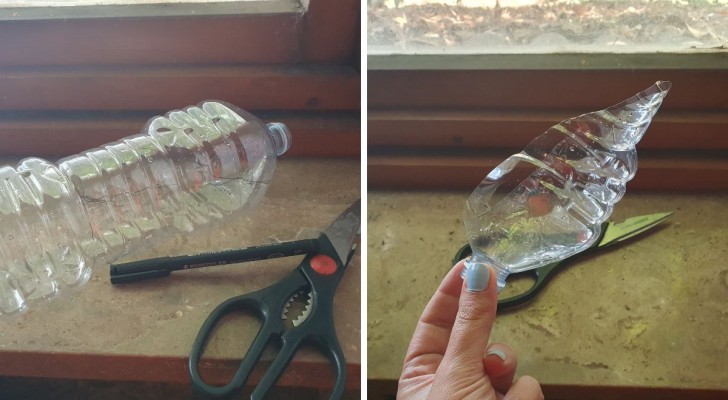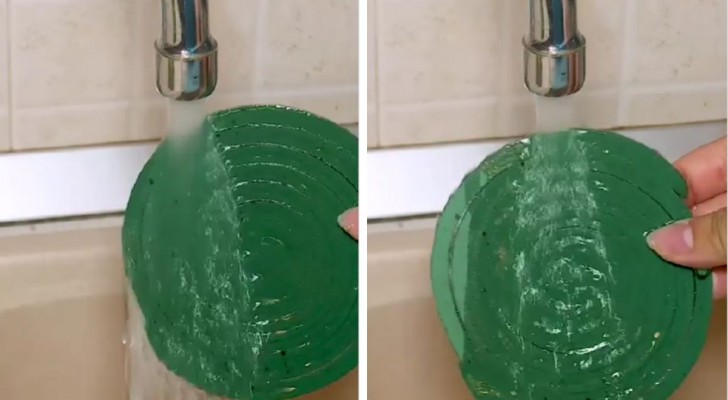Boost your Wi-Fi at home using simple tinfoil: discover the method
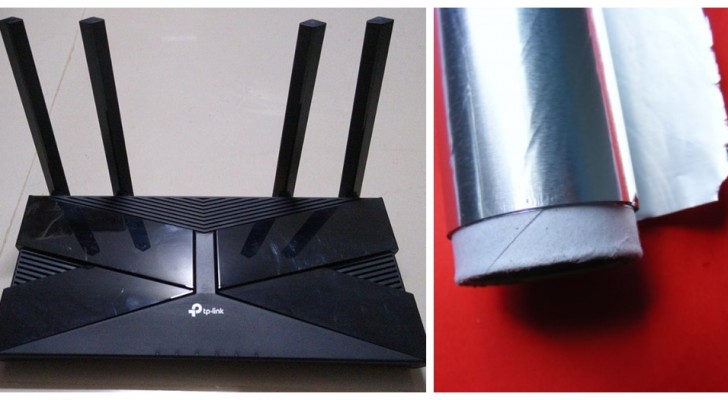
Using the internet connection at home is a requirement that has now become practically a fixture in everyday life, and in the vast majority of cases the signal we use is a wireless one via a router, and a Wi-Fi connection. However, the router is not always able to send out a strong signal: the causes can be varied, starting from the poor power and quality of the upstream connection, but it is possible to boost this signal using a simple trick.
In fact, you can use the tinfoil (aluminum foil) we use to cook with to do this: with a minimum cost, you can greatly change the browsing experience of all your devices. Read on to find out more:
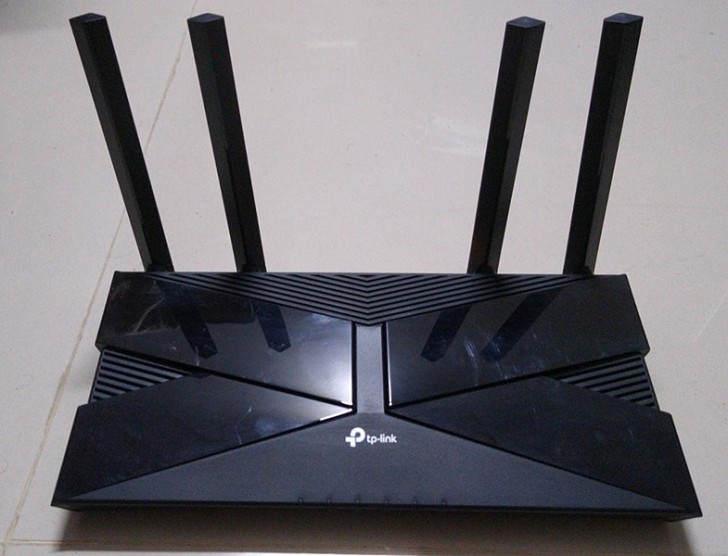
All that needs to be done is to create a partition with the aluminum foil, to be placed directly right behind the router: in this way the signal does not disperse but "bounces" on the metal wall (the aluminum foil) and is directed back into the rest of the room and towards the modem. The concentration of the signal thus increases, but also its strength is increased: in fact, the connection will become a little faster and will also be more stable.
All of this technique was also the subject of a study conducted at Dartmouth College in America: the researchers, in that case, took cans of carbonated drinks or beer and placed them behind different types of routers. Additionally, they used tinfoil as deflectors, in various shapes (e.g. convex, concave), to optimize precisely where and how to redirect the signal as they wanted, preventing it from getting lost in a direction where it was not needed.
It is also a security measure
This method also manages to improve the security of the connection: any hackers find it more difficult to access private connections because the signal does not reach outside of the room / house so they can not connect to it and then enter the various devices connected to the Wi -Fi.
It is a mechanism that can also be applied, for example, to radio signals if there is interference in the home between multiple devices.
In short, with a very minimal expense, you can try to improve a poor signal, making it more powerful and also safer and more secure: have you tried this already?

